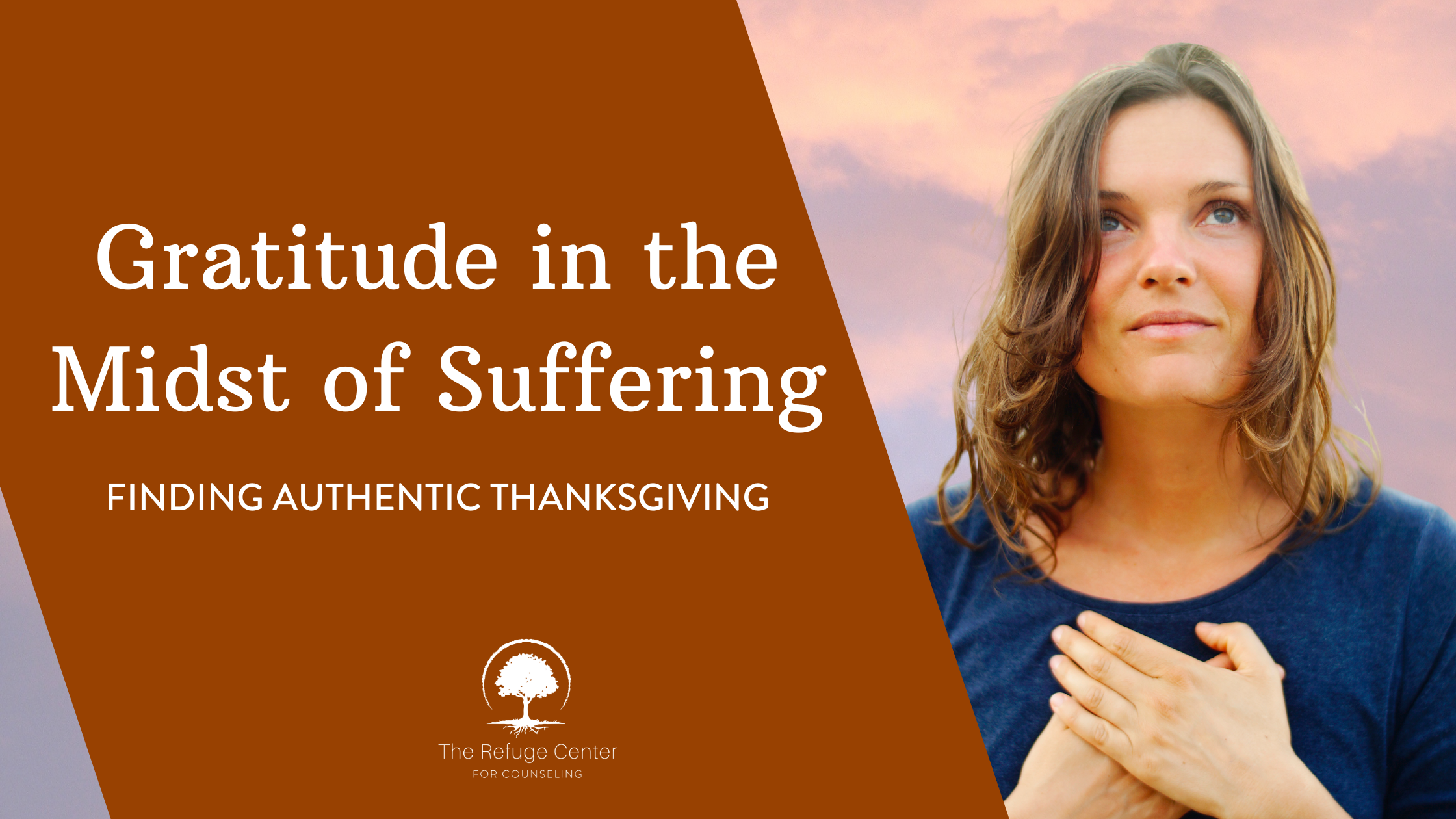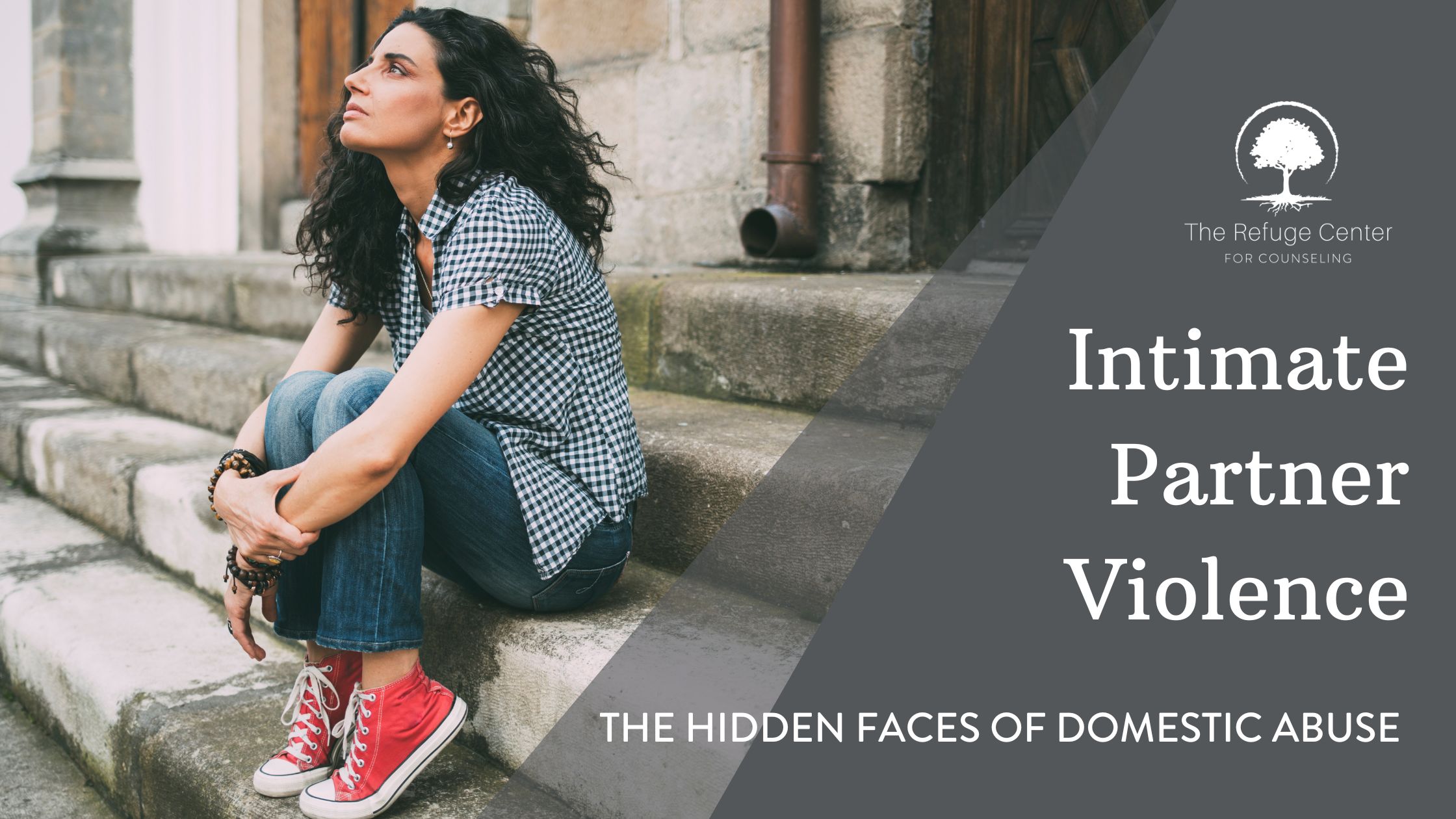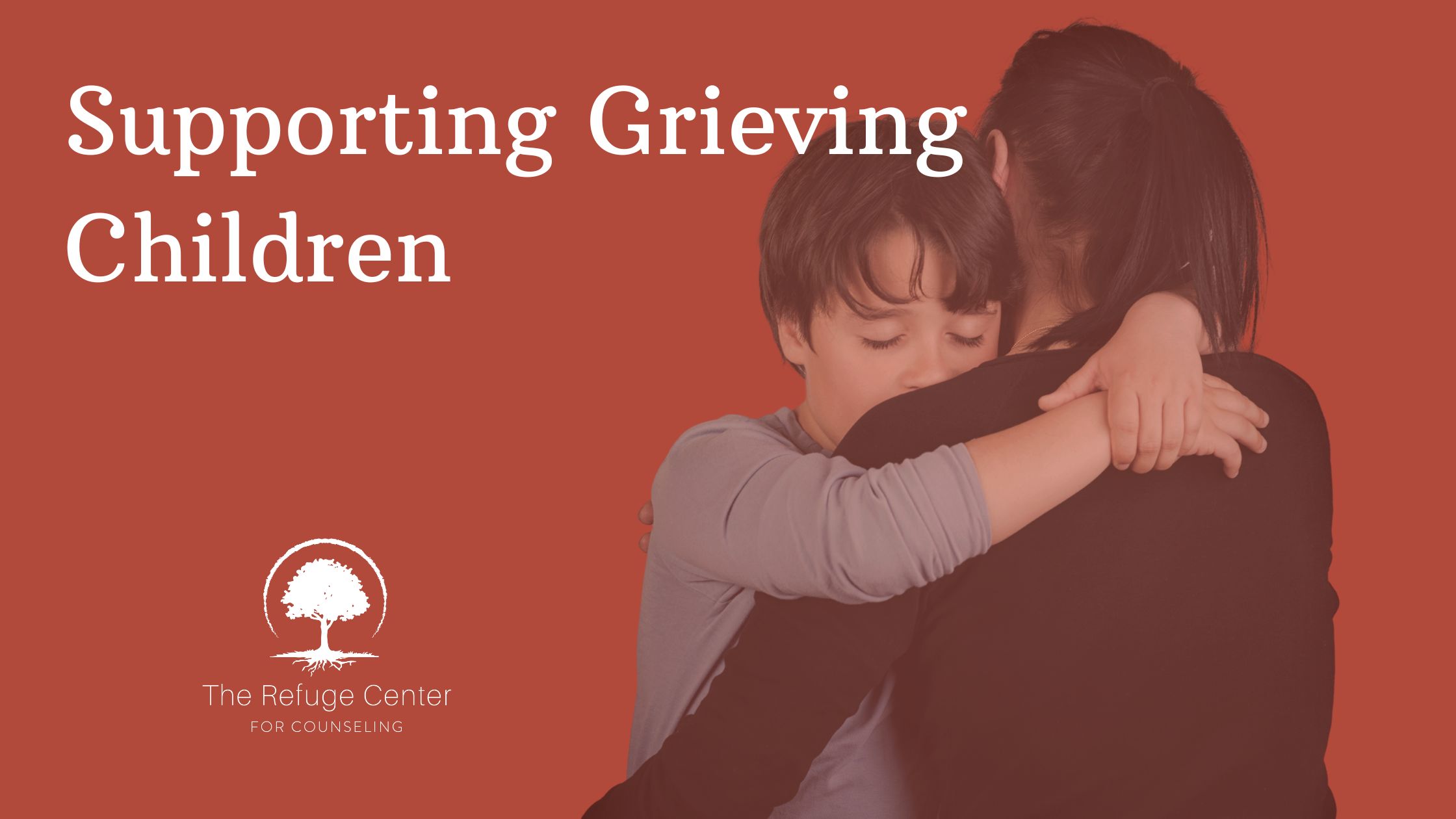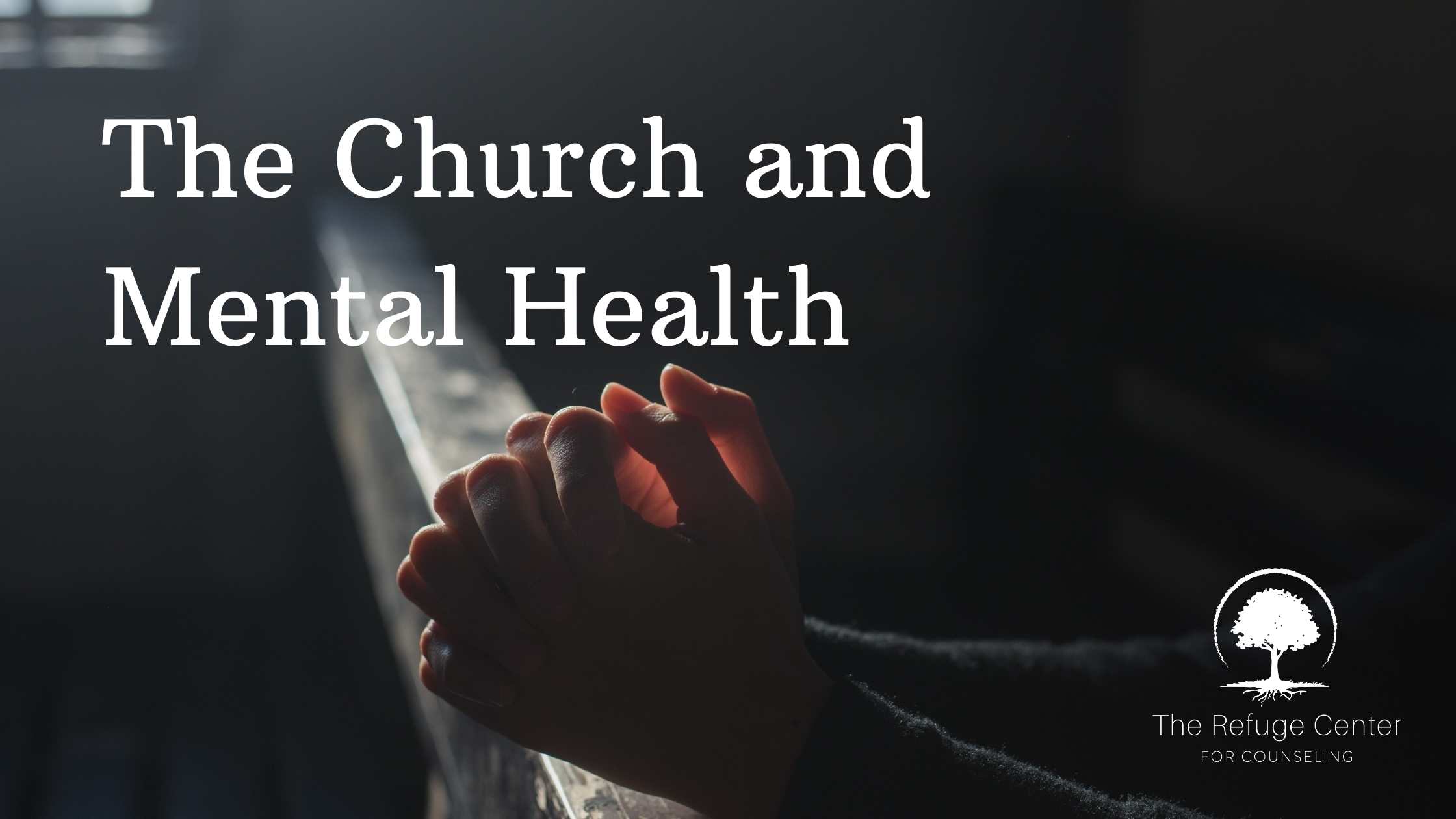Posts Tagged Healing

Believe in Joy
Read

Gratitude in the Midst of Suffering
Read

The Hidden Faces of Domestic Abuse
Read

The Tools we Need for the Child and Teen Mental Health Crisis
Read

Supporting Grieving Children
Read

The Church and Mental Health
Read

Healing and PTSD
Read
